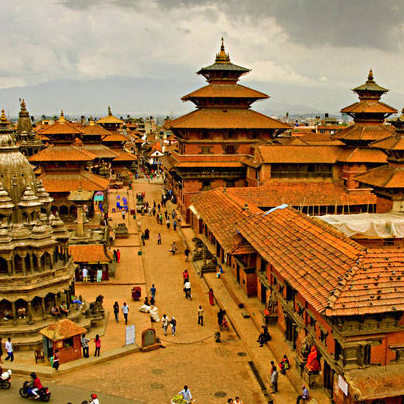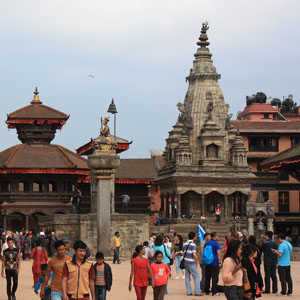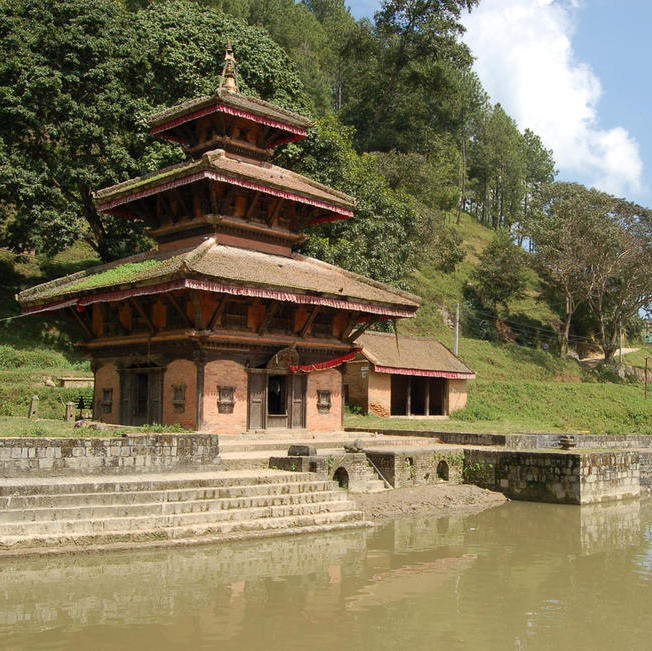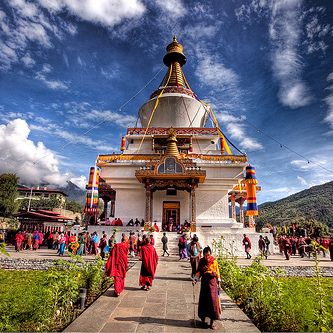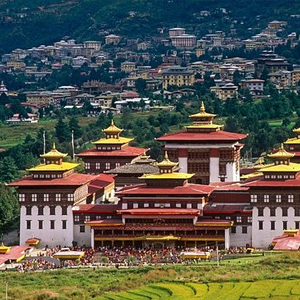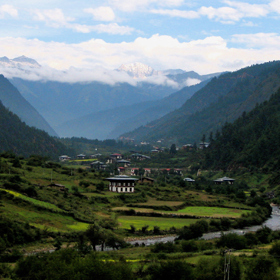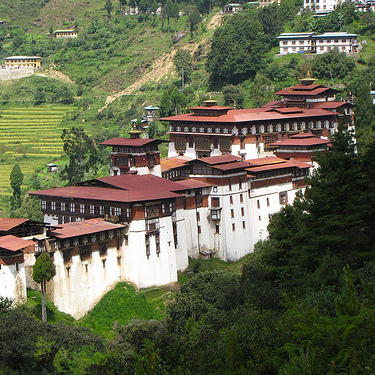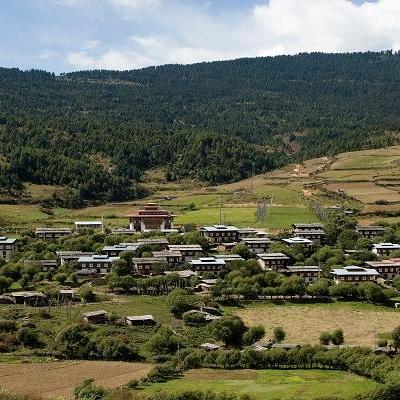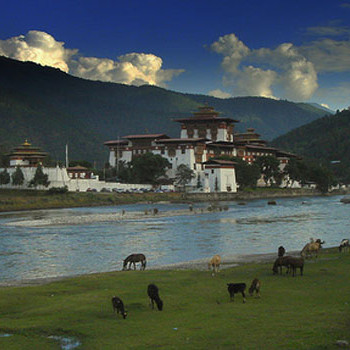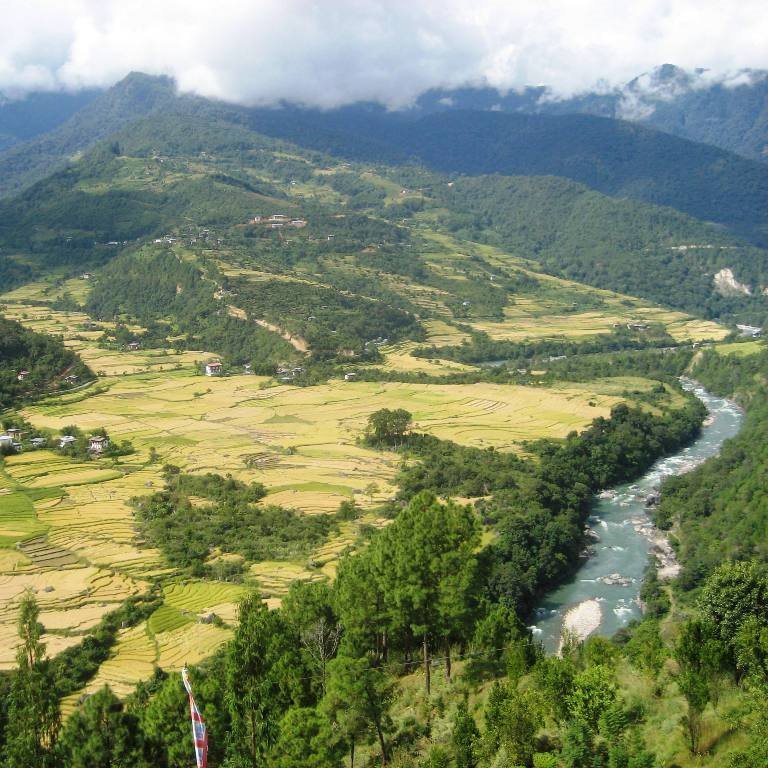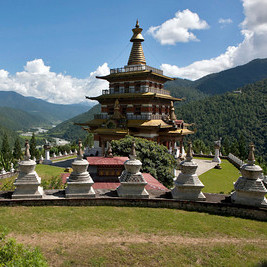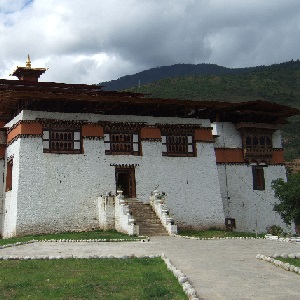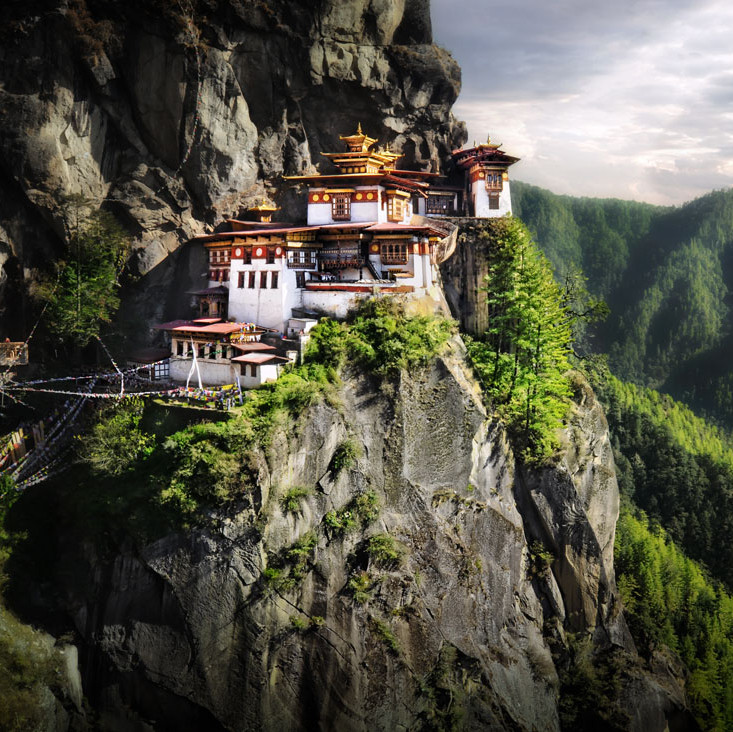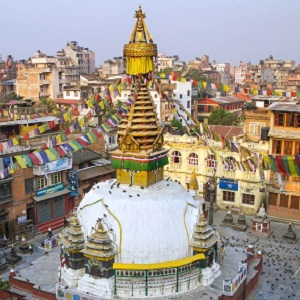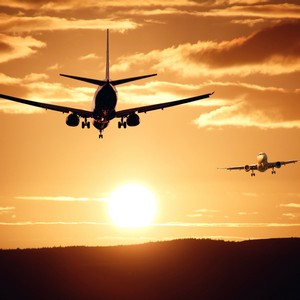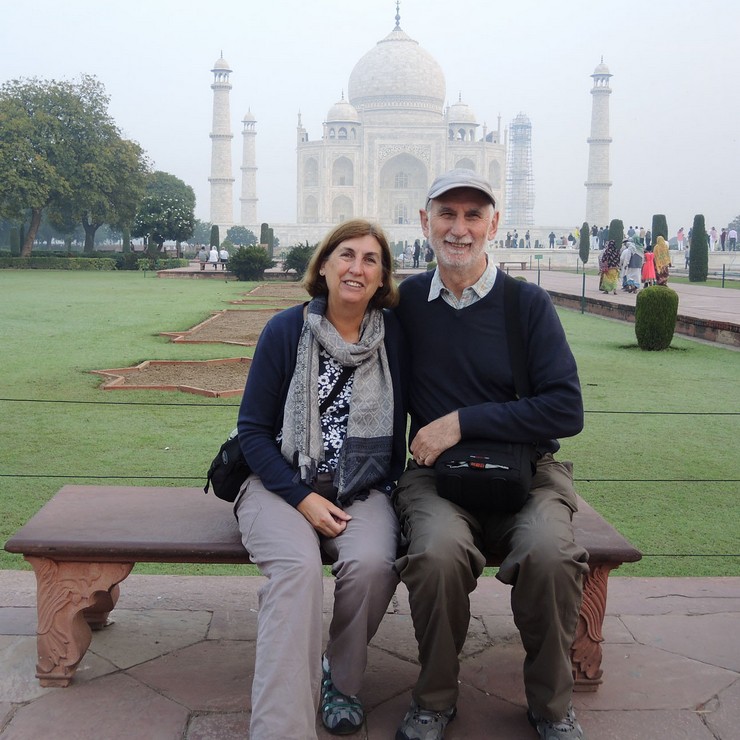This morning you will have a tour of Bumthang Valley comprising of four valleys; Chumney, Choekhor, Tang and Ura (altitude varying from 2,600m to 4,000m). You will visit Kurje Lhakhang, the Jambey Lhakhang, Tamshing Lhakhang and Jakar Dzong.
This afternoon you will take a short hike to Lhodrak Kharchhu Monastery, before making your way back to Bumthang. Overnight in Bumthang.
Overnight in Jakar Village Lodge, Bumthang
Meal plan: Breakfast, lunch & dinner
Kurje Lhakhang: The 8th century king of Bumthang, Sendah Gyab, was cursed with illness by the guardian deity named Shelging Karpo. The king then invited Guru Rinpoche from Yanglayshey (meditation cave of the Guru) in Nepal to Bhutan and in 746 AD. Guru Rinpoche visited Bumthang, subdued the demons and restored the King’s health. Guru Rinpoche meditated in a cave named Dragmar Dorji Tsegpa and his body imprints remained on the rocks, which is why the temple is named Kurjey Lhakhang, meaning:- The Temple of Imprints. There are three main temples in Kurjey. The oldest temple was constructed by Minjur Tenpa in 1652 on the site where Guru Rinpoche meditated. The second temple was founded by Trongsa Penlop Ugyen Wangchuck in 1900 while serving as the 13th Trongsa Penlop. This temple is the most sacred as it was built in the place where Guru Rinpoche left his body imprint. The third temple was built in the 1990s. It was sponsored by the Queen Mother Ashi Kezang Choden Wangchuck.
Jambey Lhakhang: One of the oldest and most sacred temples in Bhutan. It is said to be one of the 108 temples built by Tibetan King Songtsen Gampo in 659 AD in a single day, to pin down an ogress to the earth forever.
The Tamshing Lhakhang monastery is the seat of Lama Sungtrul Rinpoche, the current incarnation of Pema Lingpa (1450–1521), who built it in 1501. He was a famous saint, master of the Nyingma school of Tibetan Buddhism and the discoverer of spiritual treasures. It contains sacred religious scripts and paintings, among which are the portraits of Pema Lingpa himself.
The Jakar Dzong was originally built in 1549 by Yongzin Ngagi Wangchuk, who came to spread the teachings of the Drukpa Kagyupa order in Bhutan. He saw a white bird perched on the construction site and considered it a good omen, naming the dzong to mean 'White Bird Fortress'.
The Lhodrak Kharchhu Monastery was founded by Namkhai Nyingpo Rinpoche in 1984 who was recognized at a very young age to be the reincarnation of a Tibetan lama whose spiritual lineage dates back to the nearest disciples of the great 9th century master. Since then, the monastery has developed considerably and increased by almost four hundred monks. The monastery has become part of an extensive effort to preserve and revitalize Tibetan culture. The monks' regular curriculum includes reading, grammar, poetry, memorizing the daily prayers, learning dharma dances, drawing mandalas, learning the melodies of sacred rituals, learning the use of ceremonial instruments and the art of making sacrificial objects, karika, the basics of contemplation and instruction on the different stages of tantra.
